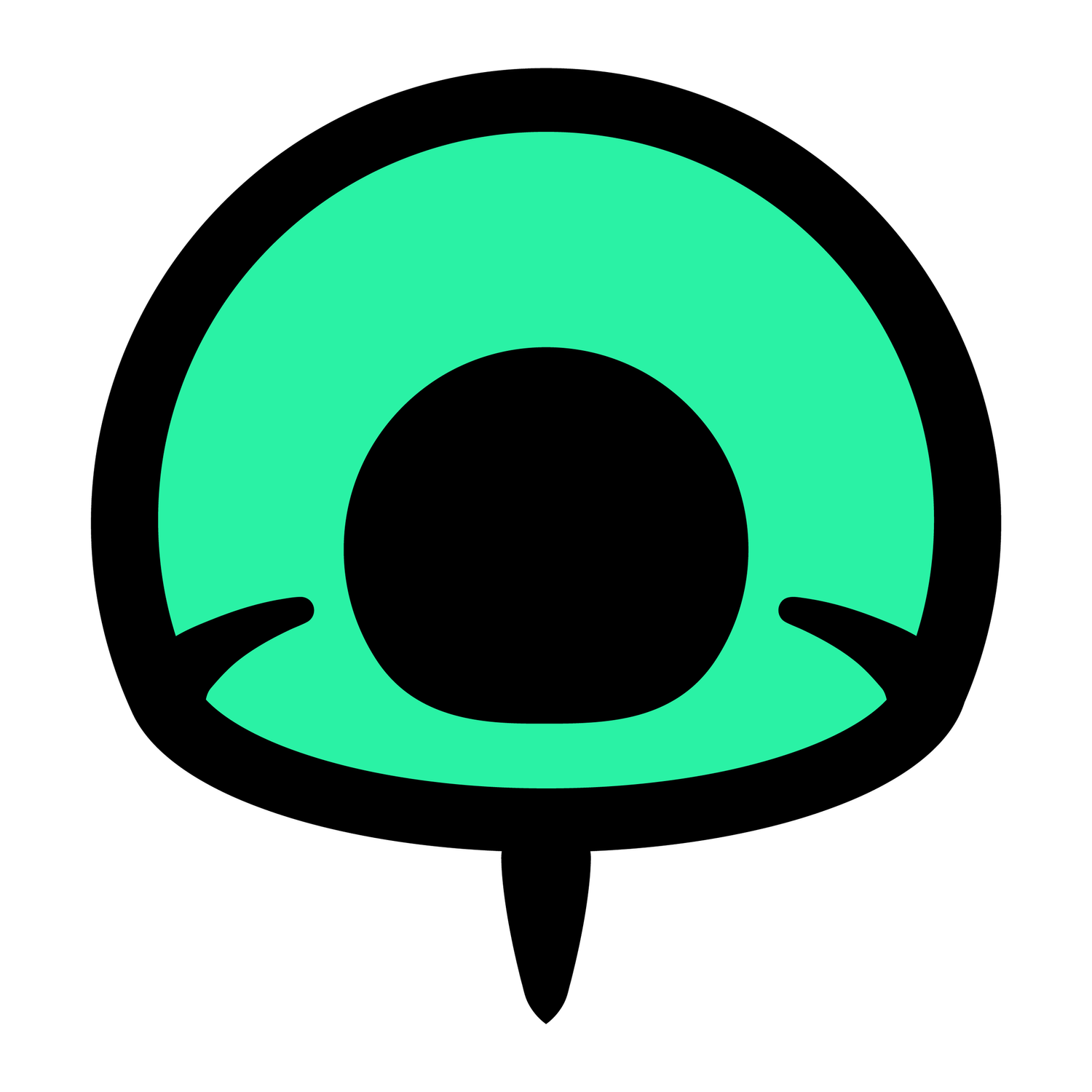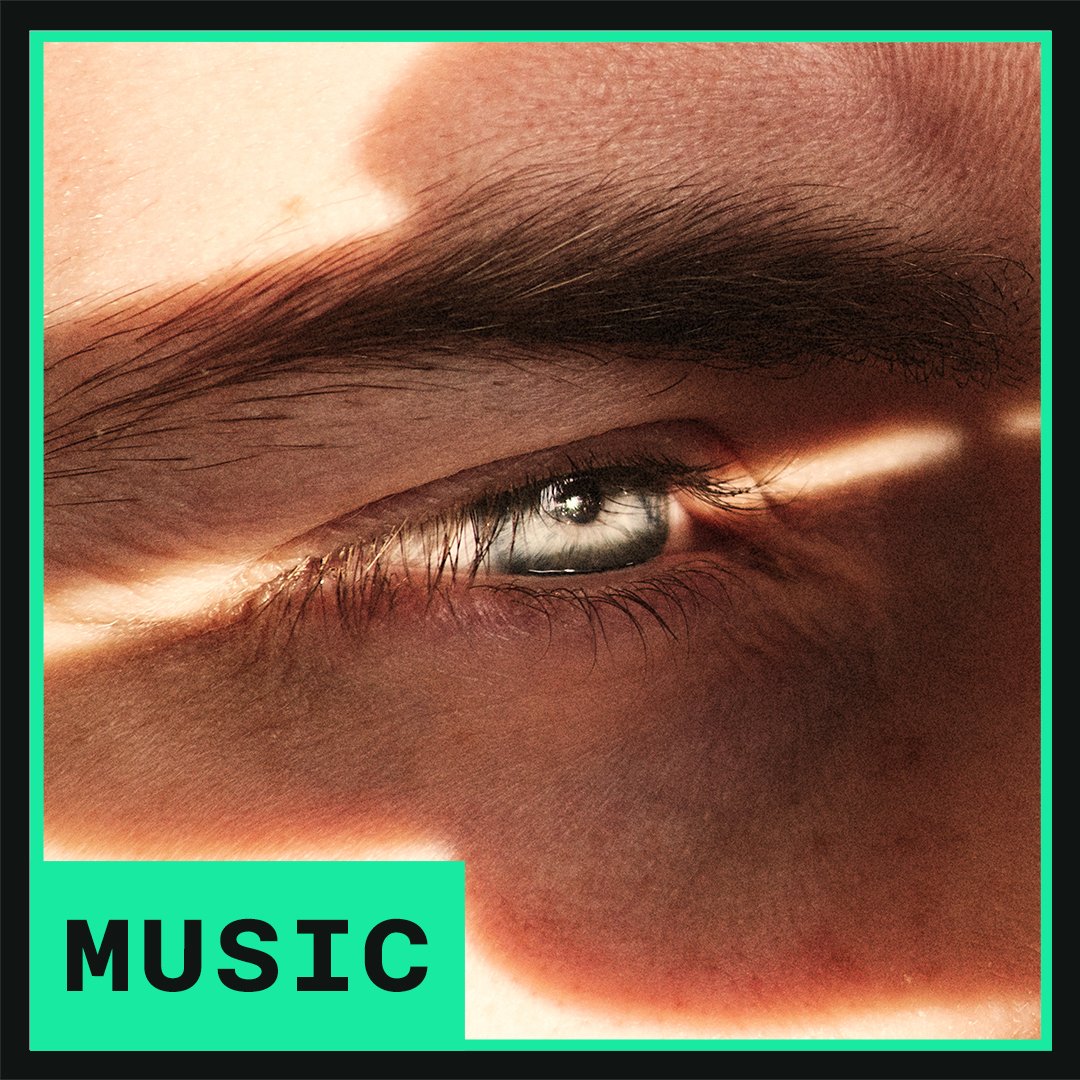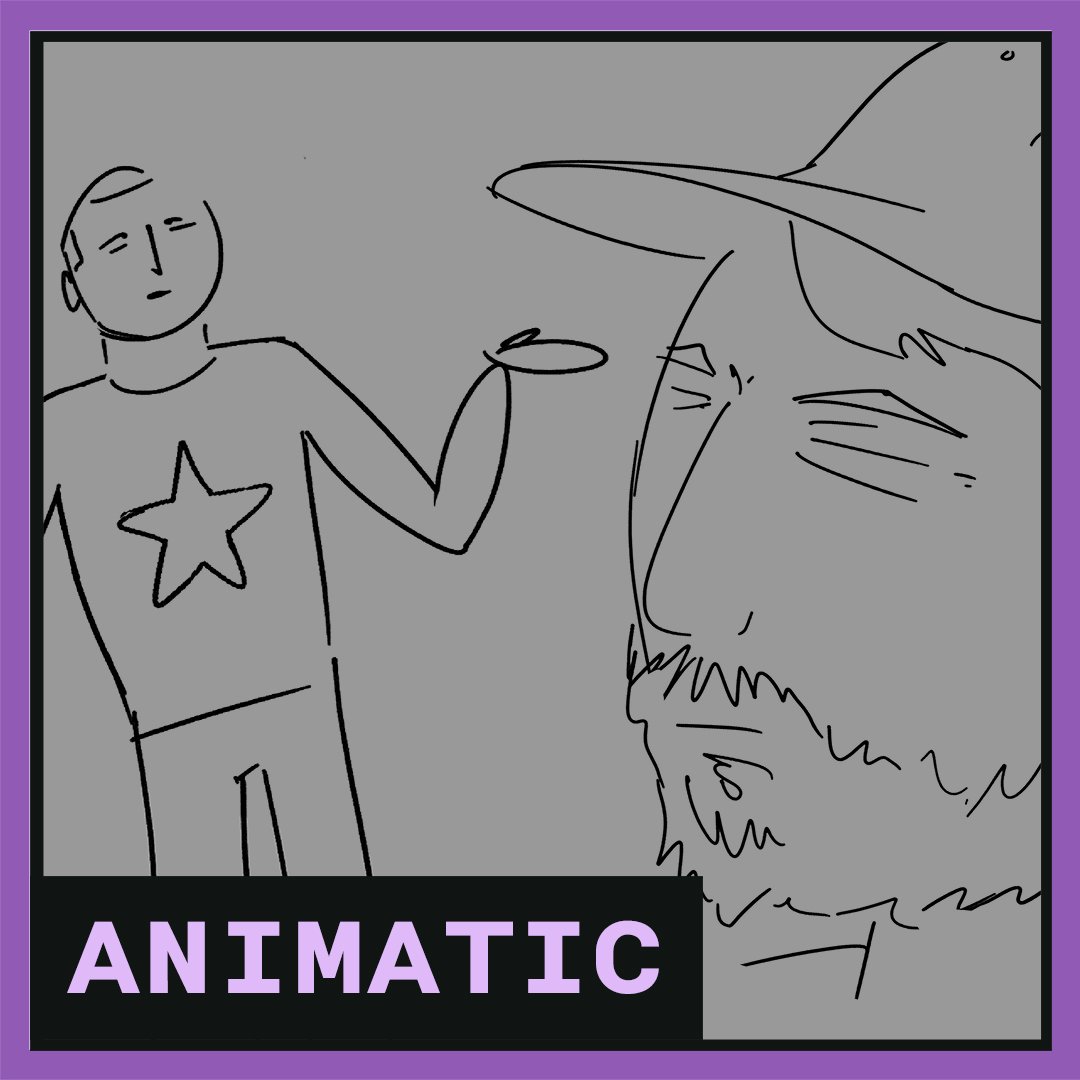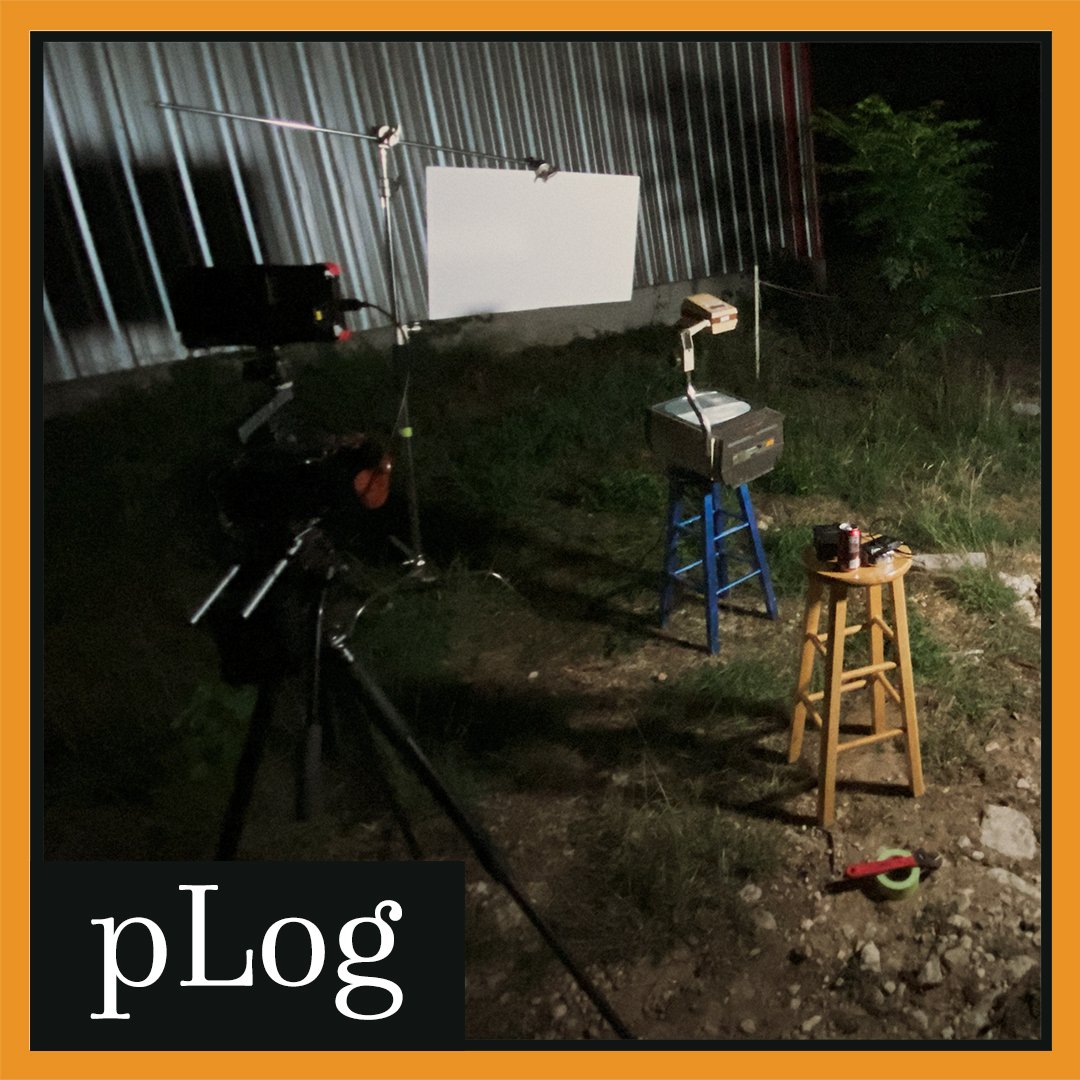Why Am I Staring at the Sun?
Looking directly at the Sun is something you should never do, but what if you really needed to?
CORRECTIONS
at 17:11, this conversion is inaccurate. 729in² should be 0.47m²
at 17:34, this conversion is inaccurate. 135in² would be 11.76m²
(noticed by youtube viewer aaron32190)
at 17:34, this conversion is inaccurate. 135in² would be 11.76m²
(noticed by youtube viewer aaron32190)
at 19:45, the denominator in the middle equation has already been squared, so the exponent of 2 should fall inside the parenthesis to indicate the unit m², rather than a value that has yet to be squared
(noticed by youtube viewer aaron32190)
(noticed by youtube viewer aaron32190)
at 20:00, this conversion is inaccurate. 1m and 5m should become 100cm and 500cm for the near and far radius, respectively.
(noticed by youtube viewer aa18812)
(noticed by youtube viewer aa18812)
at 25:55, I say "magnitude of -1.47" when I meant -1.46. The distances that follow were calculated for -1.46, so this is just a minor misspeak.
(noticed by me)
(noticed by me)
— Citations —
Info.
1
"80% of folks in the US, 60% in Europe, and more than a third of the entire global human population lived in areas that are too light-polluted to see the Milky Way."
timecode 4:59
timecode 4:59
the new world atlas of artificial night sky brightness
2016, Falchi, et al.
Science Advances, Vol 2, Issue 6
§ results, ¶ "We found that about"
2016, Falchi, et al.
Science Advances, Vol 2, Issue 6
§ results, ¶ "We found that about"
2
A
"He wrote a letter to John Locke in 1692 where he describes an experiment gone wrong almost 30 years prior, back when he was a young man."
timecode 6:10
timecode 6:10
B
Bill Bunker's account of looking into a telescope pointed at the Sun without a protective filter.
timecode 43:52
timecode 43:52
eye injuries of early solar observers
2020, Dr. Young
SDSU
A: § Newton
2020, Dr. Young
SDSU
A: § Newton
3
"Up to 85% of stars in the Milky Way galaxy are red dwarf stars."
timecode 11:28
timecode 11:28
RECONS census of objects nearer than 10 parsecs
2018 RECONS
§ bottom chart, "M stars" / "all stars"
2018 RECONS
§ bottom chart, "M stars" / "all stars"
4
"Some of these stars are so much larger ... than the Sun, it's comical."
timecode 12:03
timecode 12:03
Fundamental properties and atmospheric structure of the red supergiant VY Canis Majoris
2012, M. Wittkowski et al.
A&A Volume 540, April 2012
p. 4, table 2
2012, M. Wittkowski et al.
A&A Volume 540, April 2012
p. 4, table 2
5
"Sirius A has a magnitude of -1.46."
timecode 25:20
timecode 25:20
apparent brightness of Sirius A
1991 Bright Star Catalogue, 5th Revised Ed.
row "Vmag"
1991 Bright Star Catalogue, 5th Revised Ed.
row "Vmag"
6
"Sirius A was ... -1.44m in 1997."
timecode 25:20
timecode 25:20
apparent brightness of Sirius A
1997 The Hipparcos and Tycho Catalogues / ESA
row "Vmag"
1997 The Hipparcos and Tycho Catalogues / ESA
row "Vmag"
7
"We need to know the output of the Sun, its stellar luminosity. ... It's 3.83x10^26 watts."
timecode 25:27
timecode 25:27
sun's stellar luminosity
2022, Dr. David R. Williams
NASA
row "Luminosity"
2022, Dr. David R. Williams
NASA
row "Luminosity"
8
"The Sun should appear to have a magnitude of -1.47 (sic) at a distance of a little over half a parsec out, or a bit over 100,000 astronomical units."
timecode 25:51
timecode 25:51
3.83×10^26 watts as apparent magnitude of -1.47
WolframAlpha
§ Results
WolframAlpha
§ Results
9
"For context, this is 20% of the way to Sirius, itself."
timecode 26:04
timecode 26:04
Sirius overview
Wikipedia
¶ 2
Wikipedia
¶ 2
10
"And it's right on the outer edge of the theoretical Oort cloud."
timecode 26:04
timecode 26:04
Oort cloud overview
Wikipedia
¶ 1
Wikipedia
¶ 1
11
"A full Moon at its brightest tends to have an apparent magnitude of about -12.9."
timecode 26:48
timecode 26:48
full moon maximum brightness
Wikipedia
§ infobox, § explanatory notes "c"
Wikipedia
§ infobox, § explanatory notes "c"
12
"582 astronomical units, this is about how far out Voyager One got by about the year 2140."
timecode 27:06
timecode 27:06
Voyager FAQ
JPL / NASA
§ Present Status
JPL / NASA
§ Present Status
13
"Over here, we can see this chart that is featured on Wikipedia and it catalogues a variety of magnitudes and what they relate to."
timecode 29:00
timecode 29:00
apparent magnitude overview
JPL / NASA
§ List of apparent magnitudes
JPL / NASA
§ List of apparent magnitudes
14
"since the mid-20th century ... welding filters replaced potentially hazardous viewing materials such as glass with a deposit of soot"
timecode 31:55
timecode 31:55
historical use of welding filters
2021, B. Ralph Chou et al
AJ 162 103
§ Introduction, ¶ 4
2021, B. Ralph Chou et al
AJ 162 103
§ Introduction, ¶ 4
15
"[welding filters are] a time-honored tradition. It's been used to look at the Sun for a long time. According to the AAS ... this is more than enough to safely observe the Sun."
timecode 31:55
timecode 31:55
welding filter safety
AAS
§ welding filters
AAS
§ welding filters
16
"This is referred to as 'black polymer' which contains carbon particles suspended in a resin matrix."
timecode 35:22
timecode 35:22
black polymer material
2023, B. Ralph Chou
AAS
p. 5
2023, B. Ralph Chou
AAS
p. 5
17
"They just analyzed shade 12 welding glass."
timecode 37:50
timecode 37:50
ISO 12312-2:2015 details
AAS
§ Transmittance
AAS
§ Transmittance
Media
m1 - timecode 10:16
Hertzsprung-Russell diagram
2006, Richard Powell
modifications: vectorized and given new visual treatment
2006, Richard Powell
modifications: vectorized and given new visual treatment
m2 - timecode 11:50
proxima centauri photo
2013 ESA/Hubble & NASA
2013 ESA/Hubble & NASA
m3 - timecode 42:24
solar telescope photos
2022 Lunt
2022 Lunt
CREDITS
Brandt Hughes
research, writer, hosts, camera operator,
audio engineer, music production, sound design,
editor, colorist, caption writer
Kinnon Martin & Annaliese Martin
telescope footage
Jeff McLaughlin
production assistance
Nathan Zimmerman
production assistance
research, writer, hosts, camera operator,
audio engineer, music production, sound design,
editor, colorist, caption writer
Kinnon Martin & Annaliese Martin
telescope footage
Jeff McLaughlin
production assistance
Nathan Zimmerman
production assistance
MUSIC
Transcript
BONUS MATERIAL
Pledge now to see these behind the scenes exclusives!



